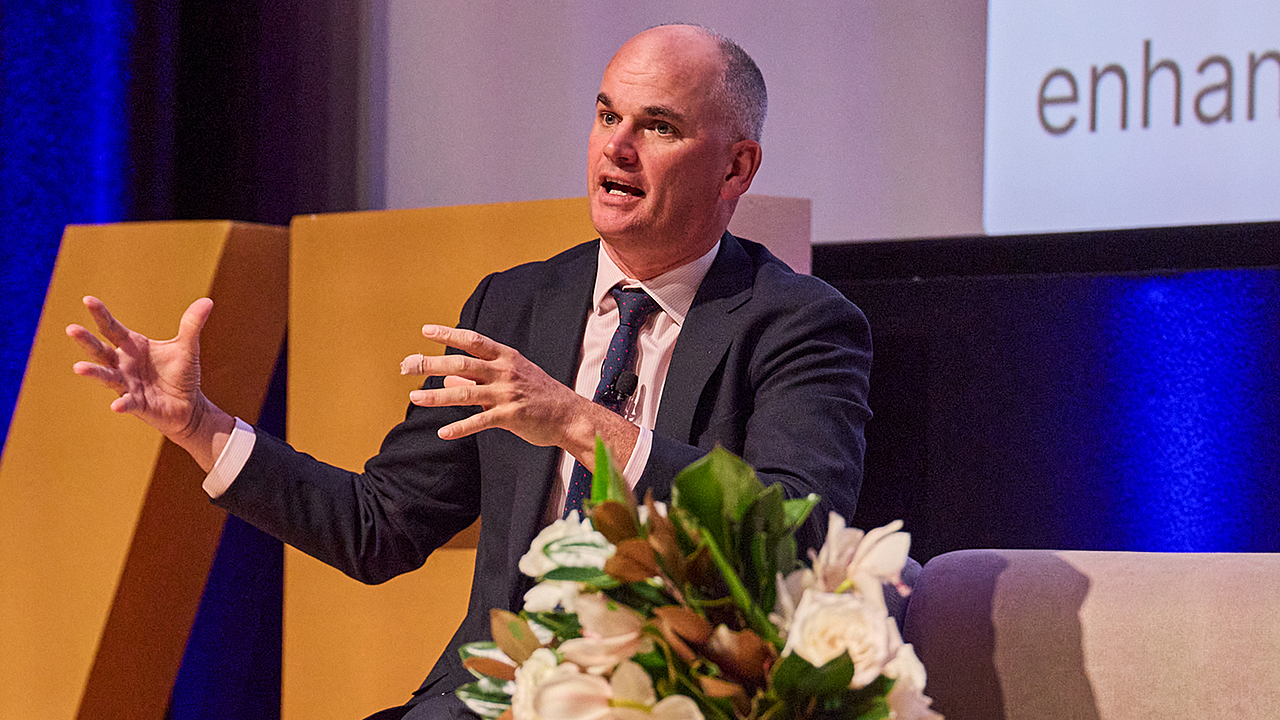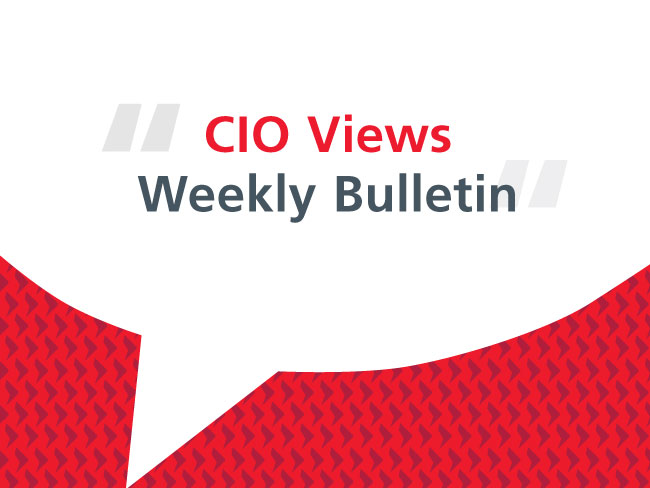There is a quote that is popularly attributed to John Maynard Keynes that goes: “When the facts change, I change my mind. What do you do sir?”
Regardless of whether Keynes stated the above or not – some attribute it to that other quote magnet, Winston Churchill – it should be front of mind when the RBA Board meets on Tuesday.
The March quarter CPI revealed that the six-month annualised inflation rate, as measured by the RBA’s favoured trimmed mean measure is 4.9%, the highest on record since this data was first assembled 20 years ago.
It was in anticipation of inflation at this level that in November 2007 the RBA Board under then-Governor Glenn Stevens increased the policy rate in an election campaign.
When the RBA Board meets on Tuesday it must take similar action. The inflation forecasts contained in the RBA’s February Quarterly Statement on Monetary Policy (SoMP) have been blown out of the water. Much the same happened to the November forecasts with the release back in January of the December quarter CPI.
Most of the economic commentariat have pencilled in June as the most likely point for a policy rate lift-off giving the RBA Board the benefit of viewing the March quarter Wage Price Index released on 18th May.
No more evidence on inflation is needed!
On labour costs, there is evidence of rapid acceleration already. The most recent March quarter NAB business survey showed labour costs increased 2.7%, which was well above the previous 2% record reached more than 15 years before.
The most recent Wage Price Index data are almost five months old. To be relying on updates to that series, the RBA risks institutionalising inertia in its policymaking.
So, to invoke yet another quote magnet in V.I. Lenin: “What is to be done?”
At a minimum the RBA should raise the policy rate in May and follow up with a further increase in June should the Wage Price Index confirm what is being indicated by, say, the NAB survey.
That could mean a 15bp increase in May followed by 25bps in June.
To not do so, the RBA runs the risk of making the same mistakes as the Fed and ECB in placing themselves out of the realm of “first best” solutions.
Both the Fed and ECB are now being forced to confront a “least bad” approach. In other words, choosing between meeting an inflation target by causing a recession, or allowing high and potentially destabilising inflation to persist well into 2023.
A more timely approach by the RBA would be an appropriate recognition of “changed facts”.
Perhaps Keynes and Churchill would approve. Lenin might not.
Stephen Miller is an Investment Strategist with GSFM. The views expressed are his own and do not consider the circumstances of any investor.






